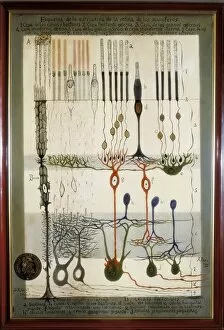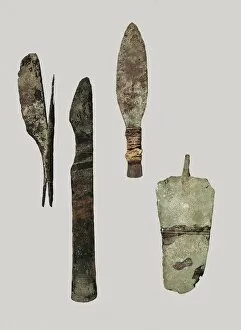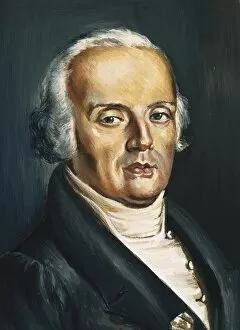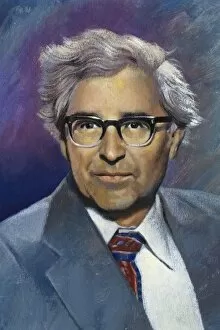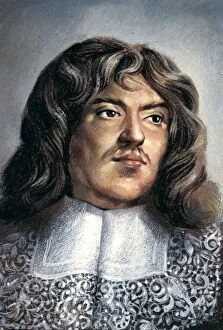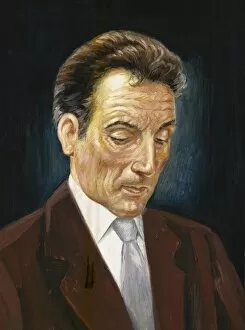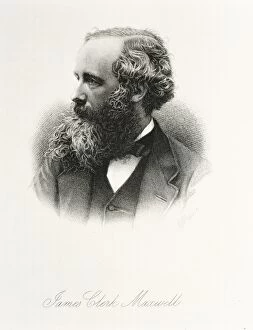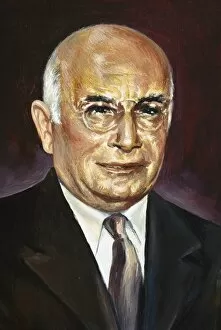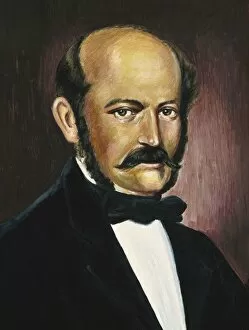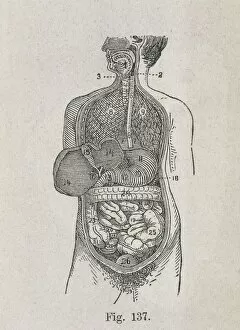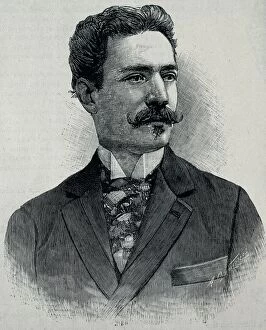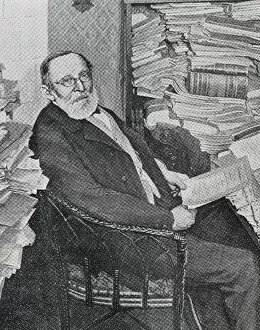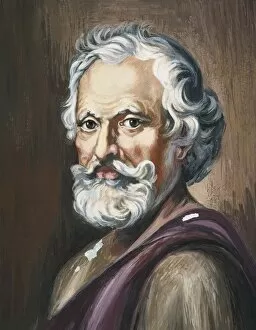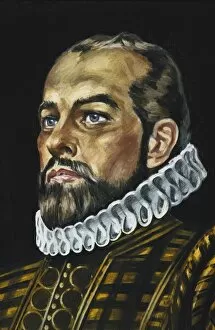M X9929 Co Collection
"M x9929 Co: Exploring the Rich Tapestry of Scientific Contributions" This captivating histological diagram of a mammalian retina takes us on a journey through time
For sale as Licensed Images
Choose your image, Select your licence and Download the media
"M x9929 Co: Exploring the Rich Tapestry of Scientific Contributions" This captivating histological diagram of a mammalian retina takes us on a journey through time, highlighting the remarkable achievements of several influential figures in various scientific fields. Starting with James Clerk Maxwell, the Scottish theoretical physicist whose groundbreaking work in electromagnetism revolutionized our understanding of light and paved the way for advancements in optics. His contributions continue to shape modern physics. Johann Peter Frank, the German physician, made significant strides in medical education and public health during his time. His comprehensive approach to healthcare reform left an indelible mark on medical practices that still resonate today. The ancient Egyptians' surgical instruments made of bronze remind us of their incredible ingenuity and advanced knowledge in medicine. Their innovative tools laid the foundation for future developments in surgical techniques. Anthony Hewish, the British radio astronomer, played a pivotal role in discovering pulsars – highly magnetized rotating neutron stars emitting beams of electromagnetic radiation. This breakthrough opened up new avenues for studying celestial objects and deepened our understanding of astrophysics. Antony van Leeuwenhoek's pioneering work as a Dutch naturalist allowed him to observe microorganisms using self-made microscopes. He is often referred to as "the father of microbiology" due to his groundbreaking discoveries that laid the groundwork for modern biology. Frédéric Joliot, the French physicist who won Nobel Prize for Chemistry along with his wife Irène Joliot-Curie, made significant contributions to nuclear physics and artificial radioactivity. Their research had far-reaching implications not only for science but also for medical applications such as cancer treatment. Alexis Carrel was a French surgeon known for his pioneering work on organ transplantation and tissue culture techniques. His efforts revolutionized surgery by demonstrating that organs could be preserved outside the body before transplantation became possible. Ignaz Semmelweis's Hungarian doctor fought against childbed fever, a deadly disease that plagued maternity wards in the 19th century.

